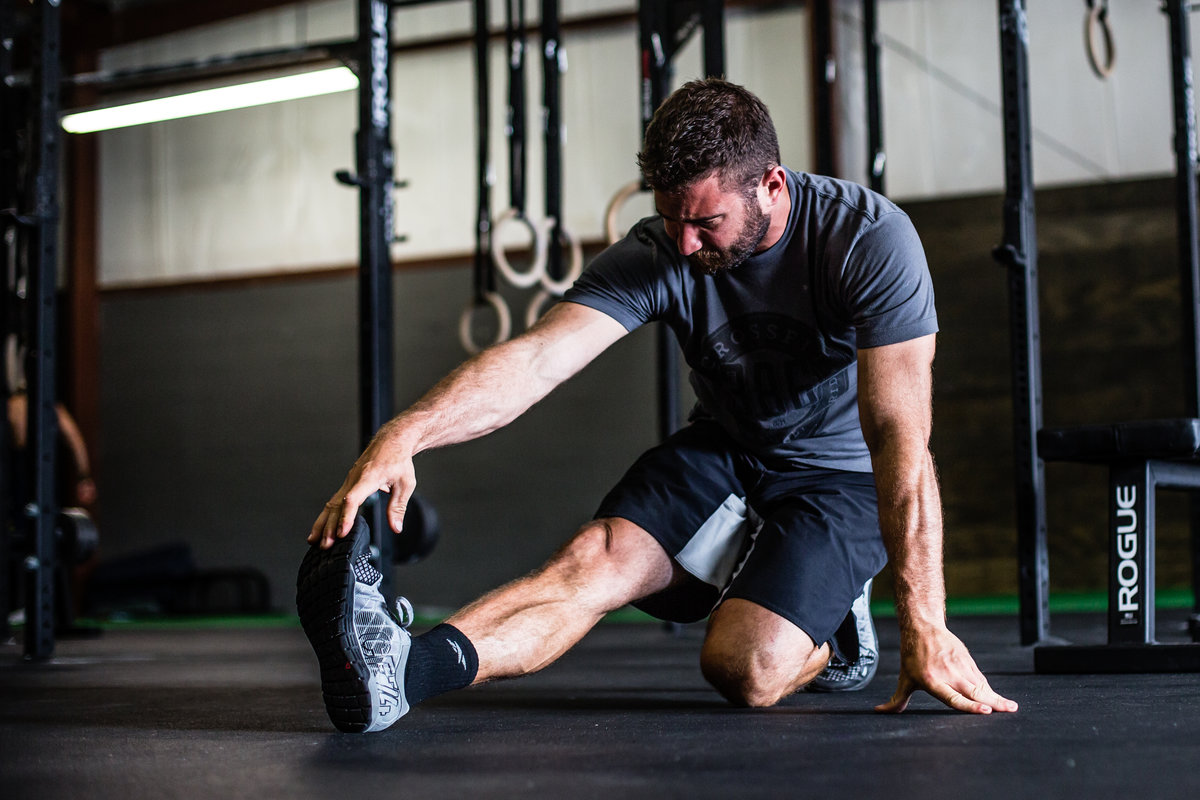
Many athletes consider the issue of doing a proper warm-up before strength training so elementary that they do not consider it worthy of additional attention. In this article I would like to share my experience and take a detailed look at this important part of any strength training session, because a serious approach to this issue will help to prevent possible injuries in the future.
You can always tell the skill level of the coach and the athlete by their warm-up and cooldown. A qualified coach should warm-up at the start of the session and afterwards he doesn’t let you go straight away but needs to get your heart rate up and stretch the muscle groups you’ve been working on. If he does this, you can say he is a professional.
There are different opinions on exactly how you should warm up before strength training. Many athletes warm up on cardio machines. Whether it is a treadmill or a rowing machine, doing this warm-up increases the heart rate and warms up the body.
In my opinion, it makes no sense to perform warm-ups on cardio machines. Own weights and minimum weights are a short description of the warm-up before strength training. It is also not recommended to do stretching before strength training, as it can reduce the elasticity of muscle fibres, which will negatively affect the work with working weights.
Structure of the warm-up
The warm-up before a strength training session consists of three components:
- Joint warm-up. It involves performing as much range of motion as possible in all joints. This warms up the body.
- A warm-up before a specific exercise. It is the performance of an exercise with a minimum weight. For example, a multi-repetition bench press with an empty bar is performed before the bench press.
- Warm up between sets. This includes an additional warm-up of the target muscle group between sets.
- Let’s discuss each part of the warm-up in more detail.
multi-joint warm-up
The multi-joint warm-up works from the upper body downwards and takes about 5 minutes – until you feel all the joints and ligaments are warmed up. All rotations are performed both to one side and the other. The greater the amplitude of the rotations, the more effective the warm-up will be.
The peculiarity of my variant of multi-joint warm-up is that it is performed in a constant toe jump. The movements start with rotation of the neck and shoulder girdle, followed by rotation of the elbow joints, arm movements. Rotate the body in a circle without jumping, with the pelvis stationary to warm up the lower back. Then place your feet together with your hands at your waist and do a hip rotation. Then place your hands in front of your chest and rotate your torso left and right, warming up your back.
Next warm up each leg in turn: lift one leg, bend it at the knee and swivel it in a circle in the air. Next warm up your ankle by placing the toe of each foot on the floor and rotating it in a circular motion. Then rotate each foot alternately at the hip joint. As an adjunct to these movements, perform 10-15 squats at a slow pace to the parallel and then 10-15 squats below the parallel. Then perform curls in a prone position for 10-20 repetitions.
During the warm-up, it is important to perform exercises on the rectus abdominis (abs), as there are many capillaries in this area, and these movements disperse blood throughout the upper body, warming up all the joints.
Exercising with your own weight at a slow pace activates the motor centres in the nervous system and prepares the musculoskeletal system for power work. For example, if you do a bench press, do 2-4 rounds of 10 fluid push-ups, 10 squats, 5 pull-ups and 20 twists. Your blood will circulate slowly through your body and your shoulder girdle will get a warm-up. Do two or three laps at a slow pace and do the last lap at an accelerated pace to prepare your nervous system.
Experiment with the exercises and observe how you feel. In your workouts, use the warm-up that best prepares you for strength training.
Warm-up before a particular exercise
This warm-up consists of performing warm-up sets with light weights. The number of such sets can vary from 4-5 to 8-10, starting with an empty bar, gradually increasing the weight and practicing the correct technique for the exercise. Perform 1-2 sets with the same weight when you reach the “working” weight, and only then move on to the main part of the strength training.
Choose suitable clothes for your warm-up: you must be warm. Wear additional equipment if necessary. By the end of the warm-up, your body should be well warmed up and therefore ready for the workout. You must strictly follow the main rules of the warm-up, namely perform exercises with your own weight at a slow pace, practice techniques with an empty bar and minimum weights. This is a prerequisite for progress.
Athletes with little training experience often have a lack of joint mobility and muscle flexibility. In such cases, additional time should be given to quality stretching after training.
Conclusion
The warm-up before strength training is a mandatory part of your preparation. It should consist of three components: a joint warm-up, a warm-up before performing a specific exercise, and a warm-up between sets. It is a law that these three main rules must be respected. The following warm-up efficiently prepares your muscles, joints and ligaments for a tough workout, prevents injuries and promotes harmonious development of your body. Even if your training time is limited, do not neglect the warm-up, but rather shorten the main part.